

Written by the Editorial Department / Translated by Li Wanrong
The heritage and memories of a city are often hidden in ancient architecture that embodies ancestors' wisdom, as well as the local's daily life. So does Binzhou Ancient Town, a place situated in Binyang County, Nanning, Guangxi. Despite the summer heat of July, Binzhou locals are wandering through noisy crowds in old alleys to seek a palatable mid-summer dish; while visitors are searching for the traces, deep and shallow, left by a time of millennia.
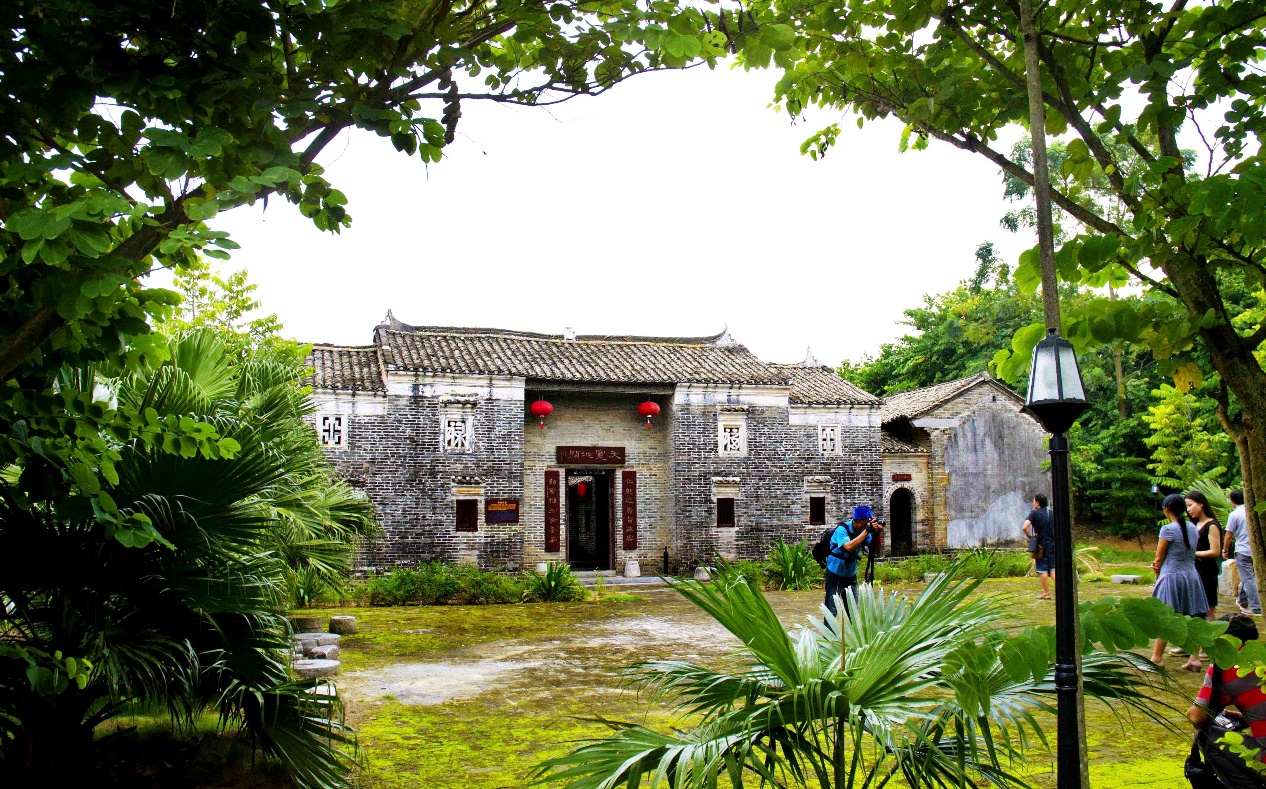
Old houses: memories hidden in ordinary alleys
Binyang County, with a history of more than 2,000 years, was a part of Yue tribes' habitation in ancient China. Its establishment can be traced back to 111 B.C., the Western Han Dynasty. Then the county was named Binzhou in the Tang Dynasty, and later officially named Binyang County in the first year of the Republic of China (1912). Yet people still prefer the name Binzhou and claim to be Binzhou natives.
An old saying in Binzhou goes, "Binzhou embodies prosperity of Guangxi, and South Street embodies that of Binzhou."
South Street has always been a prosperous place, in which houses are for residence and mostly for business. It has truly been a century-old commercial hub. Every window and every door here were once the epitome of flourishing trade in the town. With the economic center of Binzhou moving southward, South Street, though nearly unchanged today, becomes much emptier than before. The business-talented locals, however, still have sniffed out an opportunity to renovate the old town and transformed antique houses into distinctive homestays for tourists to feel the classical charm during their visit and stay.
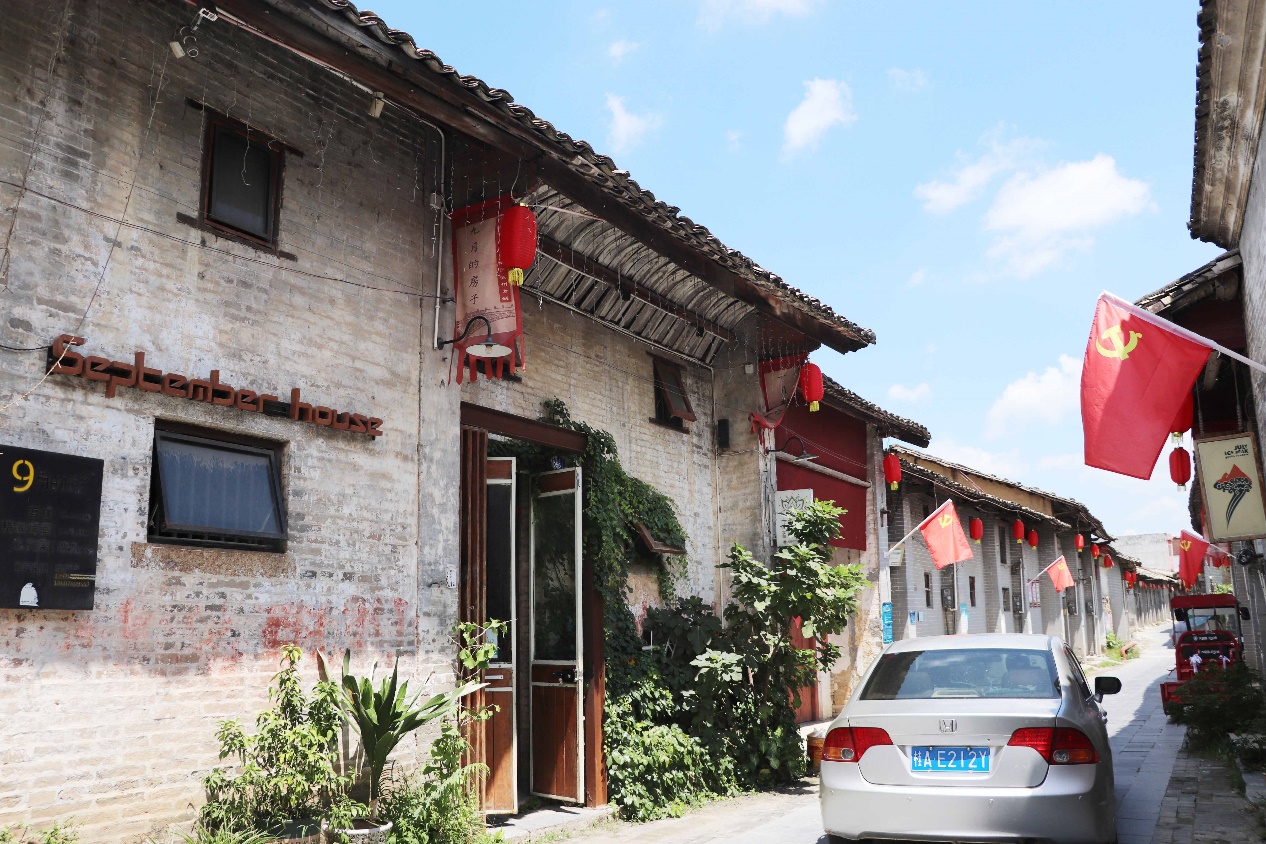
The Huang's residence is the best-preserved residential building on South Street. Such typical Lingnan-style architecture was built during Emperor Xianfeng's reign in the Qing Dynasty, with a total area of more than 560 square meters. Opening the front gate is like traveling through time to the old days, in which you can see a delicate yet classical architectural style. Lintels, window lattices, and door frames are exquisitely carved with sophisticated images of flowers, dragons, and phoenixes. Take a close look, you can even find "bloom brings prosper," "good fortune as your wishes," and other engraved characters. Caressing the fallen dust on their surface, it seems that the carving still carries warmth left by skilled craftsmen.
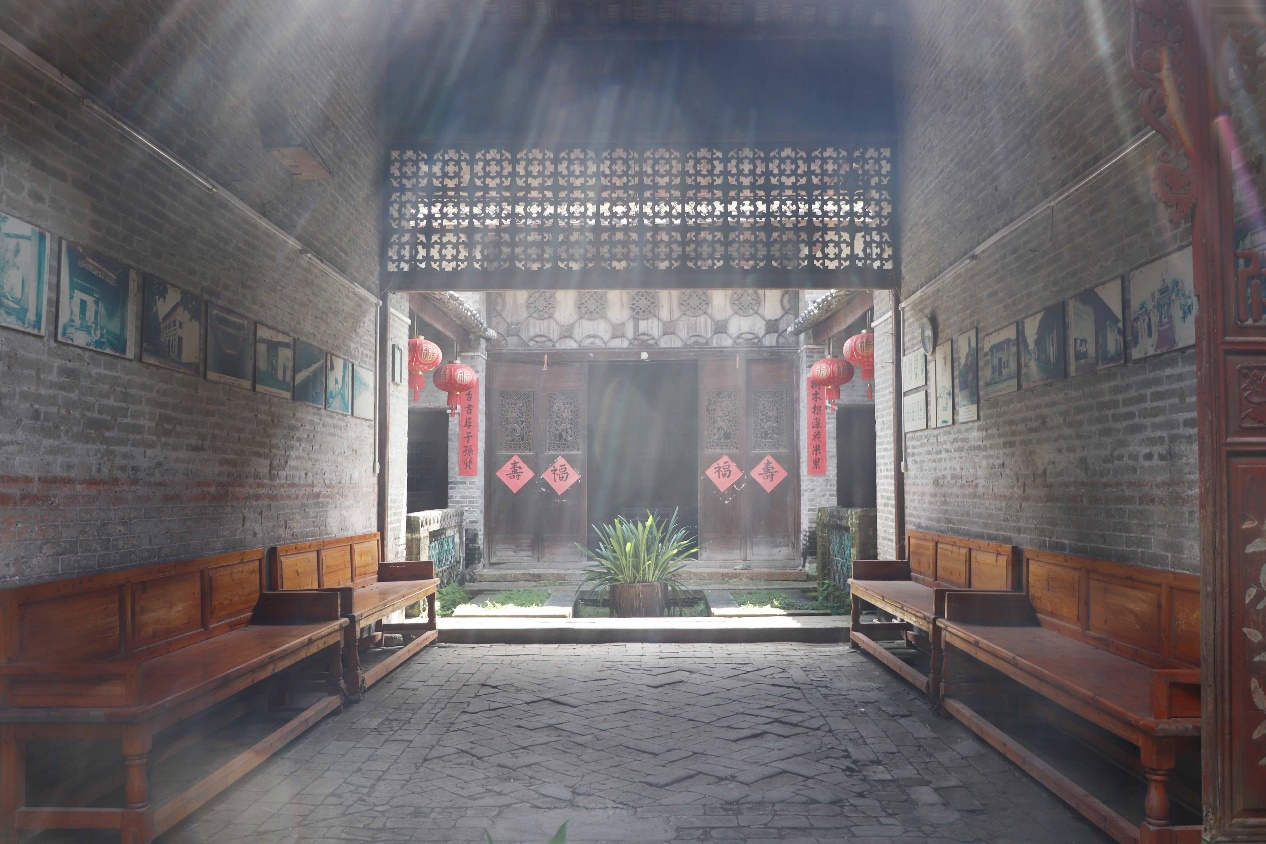
Straight ahead is the main hall, in front of which there is a patio overgrew with moss due to its old age. To the left and right are long flagstone corridors leading to the backyard, a compound of kitchen, workshop, warehouse, and clothes-drying yard. Such scale is large enough to consider the Huangs as a wealthy extended family in Binzhou Town, with the courtyard no one knows how deep it is.
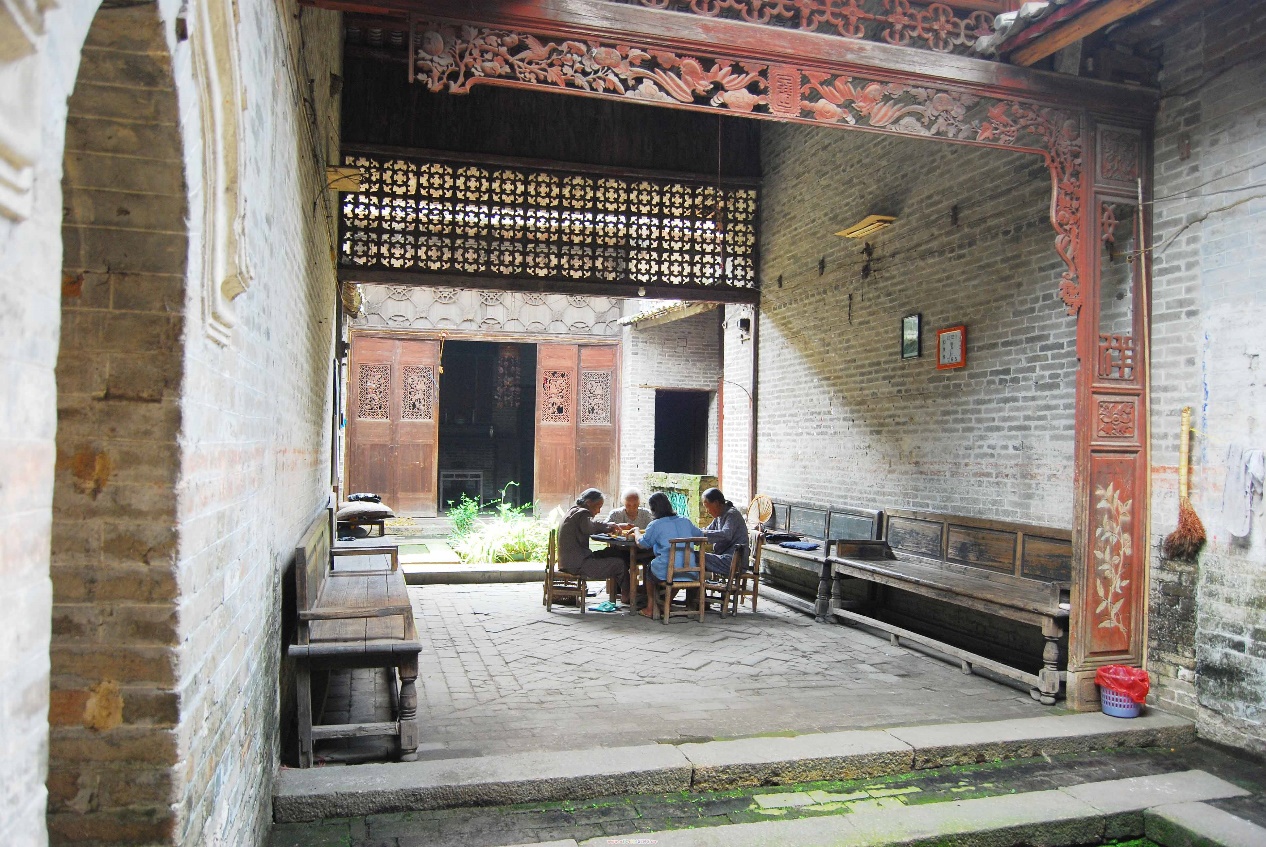
Leave the Huang's residence, walk along South Street, then you can see South Bridge. It is one of the oldest extant stone bridges in Binyang, boasting a history of over 600 years. The limestone masonry bridge has fences with fine and vivid sculpted reliefs on its two sides. And two pairs of carved stones of Chi dragons (hornless dragons) decorate both sides of the bridge piers, with the male dragons on the left and the female dragons on the right. They are set against the current for drainage, which is called "Chi dragon spouts" in ancient times. Although 600 years have left numerous marks, deep or shallow, the everlasting South Bridge has seen different people come and go every year, recording the hundred-year vicissitude and worldly life of Binzhou Ancient Town.
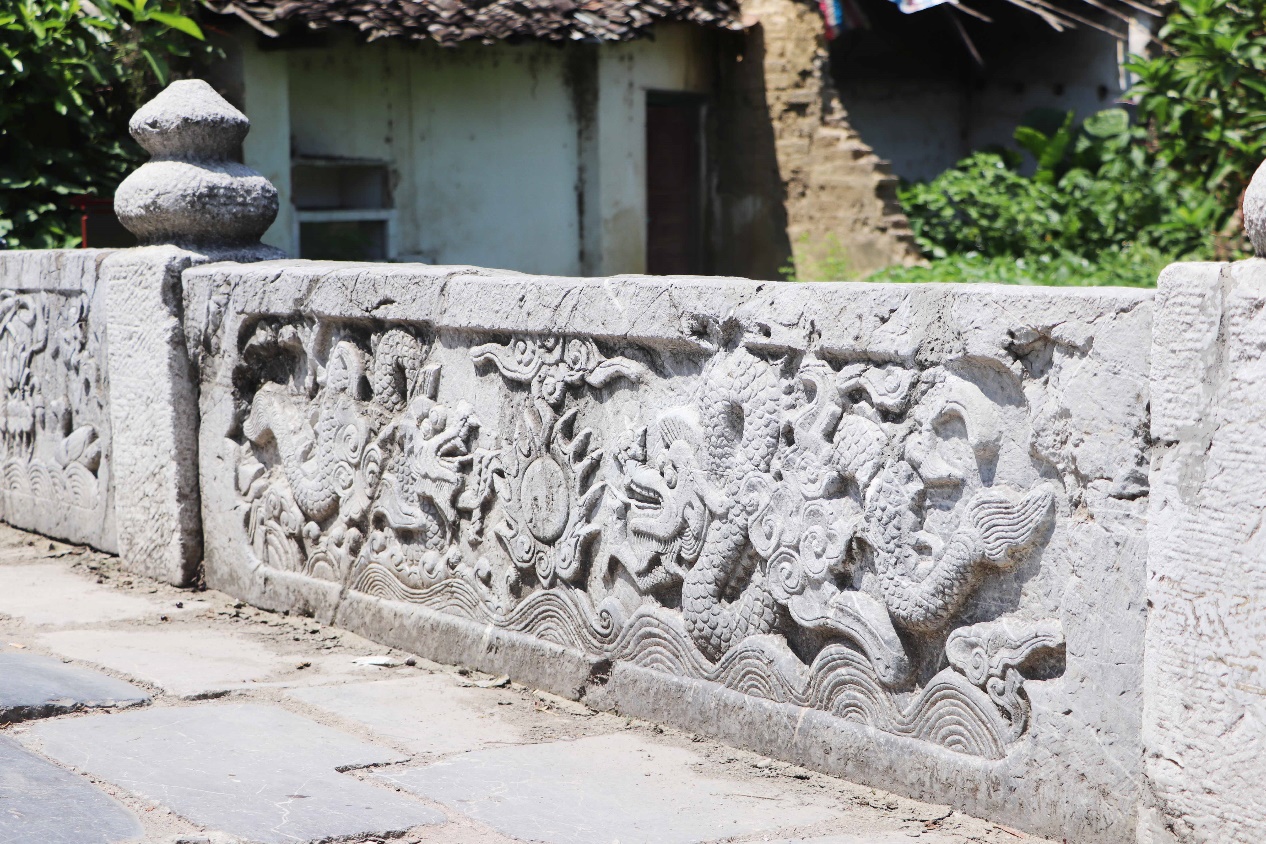
Sour rice noodles: memories of cruel summer
At three a.m., long before morning, the locals were still in their dreams. The long narrow South Street remained quiet until a shopkeeper pulled up the roller shutter, turned on a faint light, and started a day of busy work.
"To make sour rice noodles, we have to get up early at three to prepare handmade rice noodles and side dishes. It takes us at least 3 to 4 hours to steam noodles, deep-fry meat, and stew soup," said the shopkeeper, Yan Shiwu. He was adeptly cutting noodles in his Tianhougong Yan Shiwu Sour Rice Noodle Shop on South Street. "It is getting hotter, so everyone is waiting to slurp a bowlful of my sour rice noodles before going to work."
For Binzhou natives, summer memories hide in a bowl of sour rice noodles. Without it, summer is hardly complete. The heat in late summer is so intense that even delicious meals can not whet Binzhou natives’ appetite. Their only comfort in torrid days is a bowl of sweet-and-sour, refreshing, and delicious rice noodles.
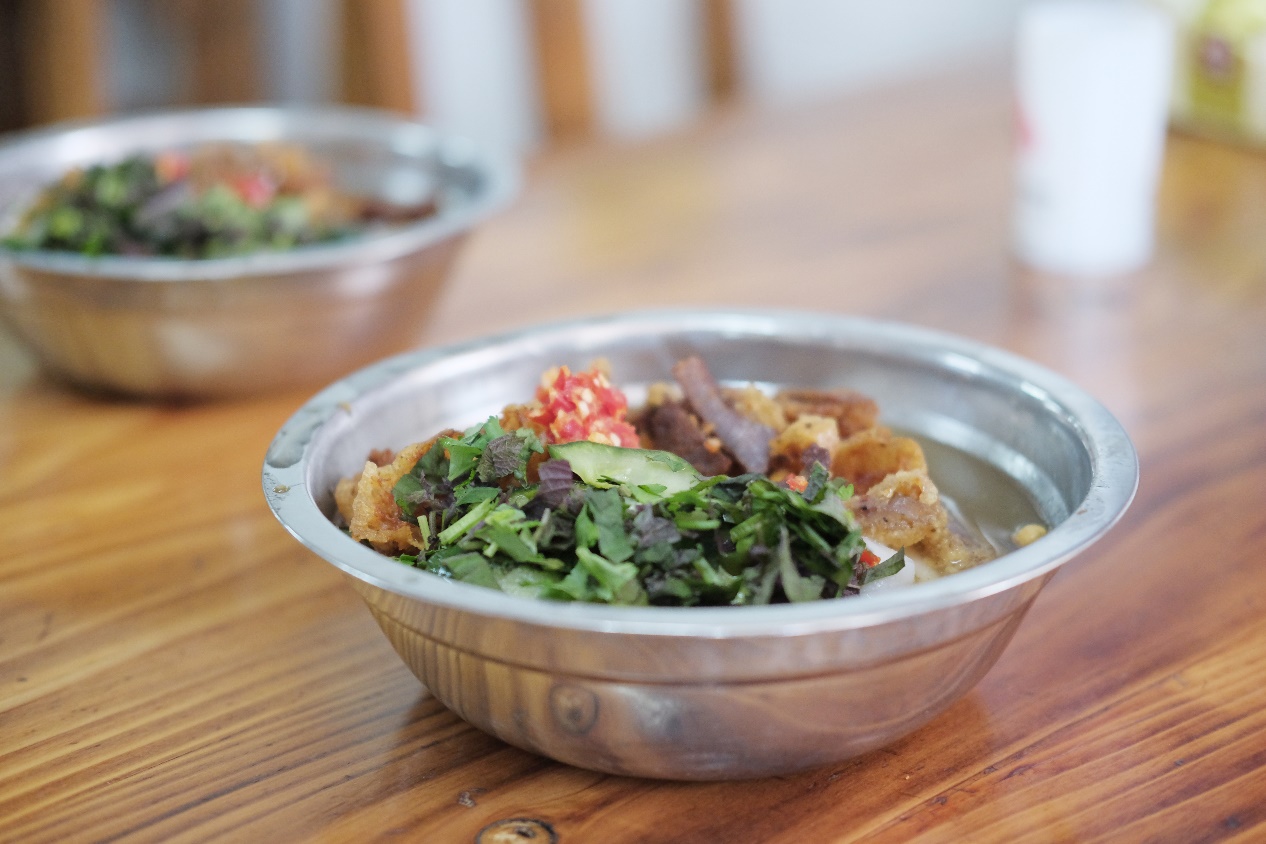
The essence of Binyang sour rice noodles lies in sour soup. It is the sweet and sour flavor that has always made the rice noodles top Binyang people's choices to beat the summer heat. The soup is mixture with brown sugar, rock sugar, and rice vinegar in the right proportions, of which too much rock sugar will generate a cloying taste, while too little rice vinegar will not be appetizing enough. The balanced flavor of sweet and sour is just right for the summer.
Yan Shiwu's rice noodles have a pure white and translucent appearance and rich textures, smooth but not sticky, soft but not mushy, and chewy but not firm. One taste makes you feel smooth and delicate. Nowadays, most of the Binyang sour rice noodle shops adopt gas or electric steamers to save time and effort, but Yan still sticks to the rural wood-burning stove. "Using firewood to cook can improve the texture of rice noodles. Since my great-grandfather sold sour rice noodles on South Street in the Qing Dynasty, the traditional method has been used for nearly a century. That's why I ask my family to steam rice milk with firewood," Yan said, picking up a steaming tray from the clay stove. A thin white layer of steamed rice milk spread out on the platter. After cooling it down, Yan deftly scraped off and rolled up the rice noodle sheet with a wooden chip.
Morning came, as a faint smell of cooking rose with the sun. The hustle and bustle on the morning of South Street was the complete opposite of the deserted silence at three a.m. Early commuters already lined up in front of Yan's shop. A bowl of refreshing sour-and-sweet rice noodles set them free from the tiredness of rising early and started a busy day.
Sixian Opera: memories of childhood
Near sunset, kids on bare feet followed their parents to attend banquets and watch Sixian Opera in the host's home. For Binzhou natives, that was the happiest time in their childhood, besides slurping a bowl of sour rice noodles on South Street. The opera was reminiscent of their childhood.
Among the crowds, children sat on adults' shoulders, watching the curtain slowly open. Later, the melodious Suona horn, the metallic big gong, and other deafening instruments resounded both on stage and in the whole Binzhou Town. As Sheng, Dan, Jing, Mo, and Chou (roles of the male, female, painted face, old man, and clown) took turns to perform, the audience burst into thunderous applause. The time spent watching operas in the alleys of South Street has imprinted, more or less, in many Binzhou residents' childhood memories.
"I remember that my father always hummed a tune of Sixian Opera at his leisure. I was immersed in such an environment at an early age, so it was easier for me to learn the opera. But learning singing, reciting, acting, and martial arts requires hard work. Only after becoming an opera actor did I truly understand that 'One minute on stage requires ten years of practice off stage'." In the Cultural Center of Binyang County, we met Guan Yan, a lady dressed in plain clothes. As a municipal-level representative inheritor of Binyang Sixian Opera, a provincial-level intangible cultural heritage project in Guangxi, she had countless stories to share about Sixian Opera. Wearing only a little makeup, Guan might not look as stunning as her stage appearance, but gave us an impression of being more tender, graceful, and authentic. Her face was full of smiles once she told us about her connection with Sixian Opera at a young age.
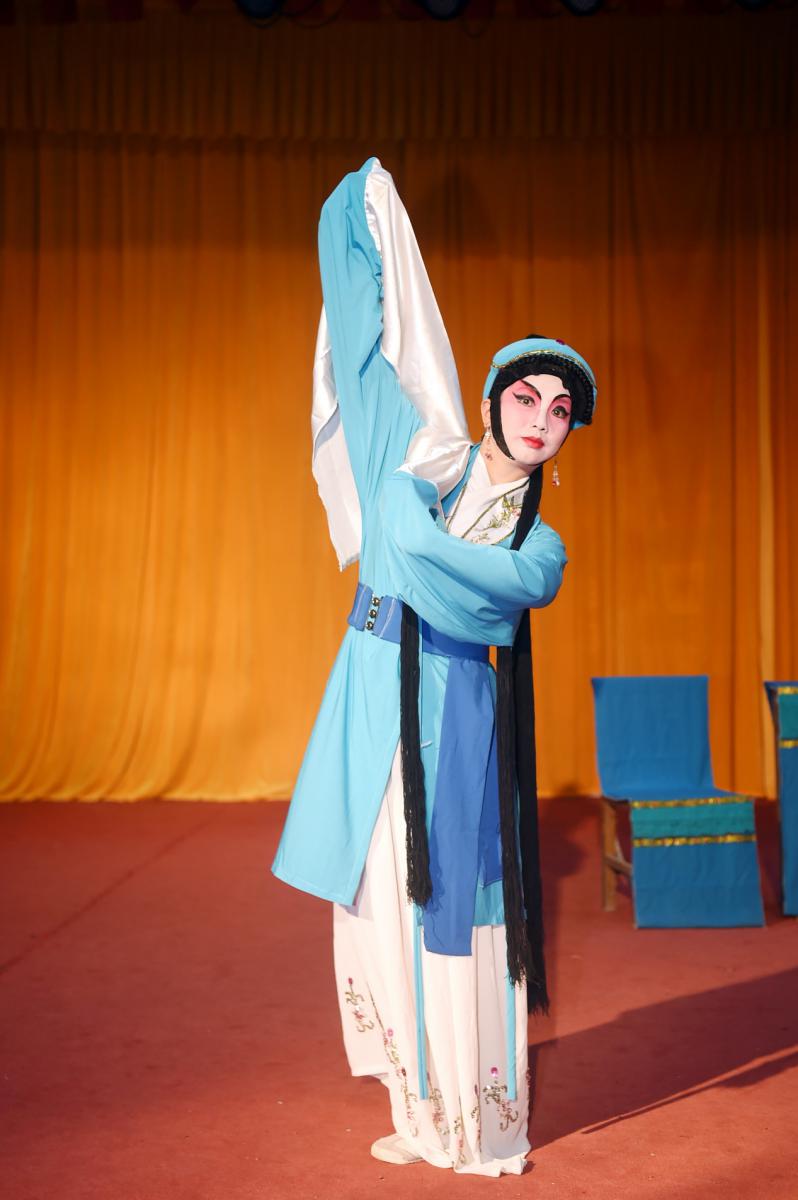
"Binyang Sixian Opera, also known as Binzhou Opera before, has prevailed for more than two hundred years." Guan Yan was gushing over it. She said that when she was a little girl, Sixian Opera was very popular in Binzhou Town. The biggest celebration was held on the second day of the second lunar month, Dragon Boat Festival, and Zhongyuan Festival, as theatrical troupes took turns to perform for three days and nights. Some merchants also invited the troupes to sing operas in their shops. The Binyang Sixian Opera event, started from sunset to the next day at noon, was incomparably spectacular.
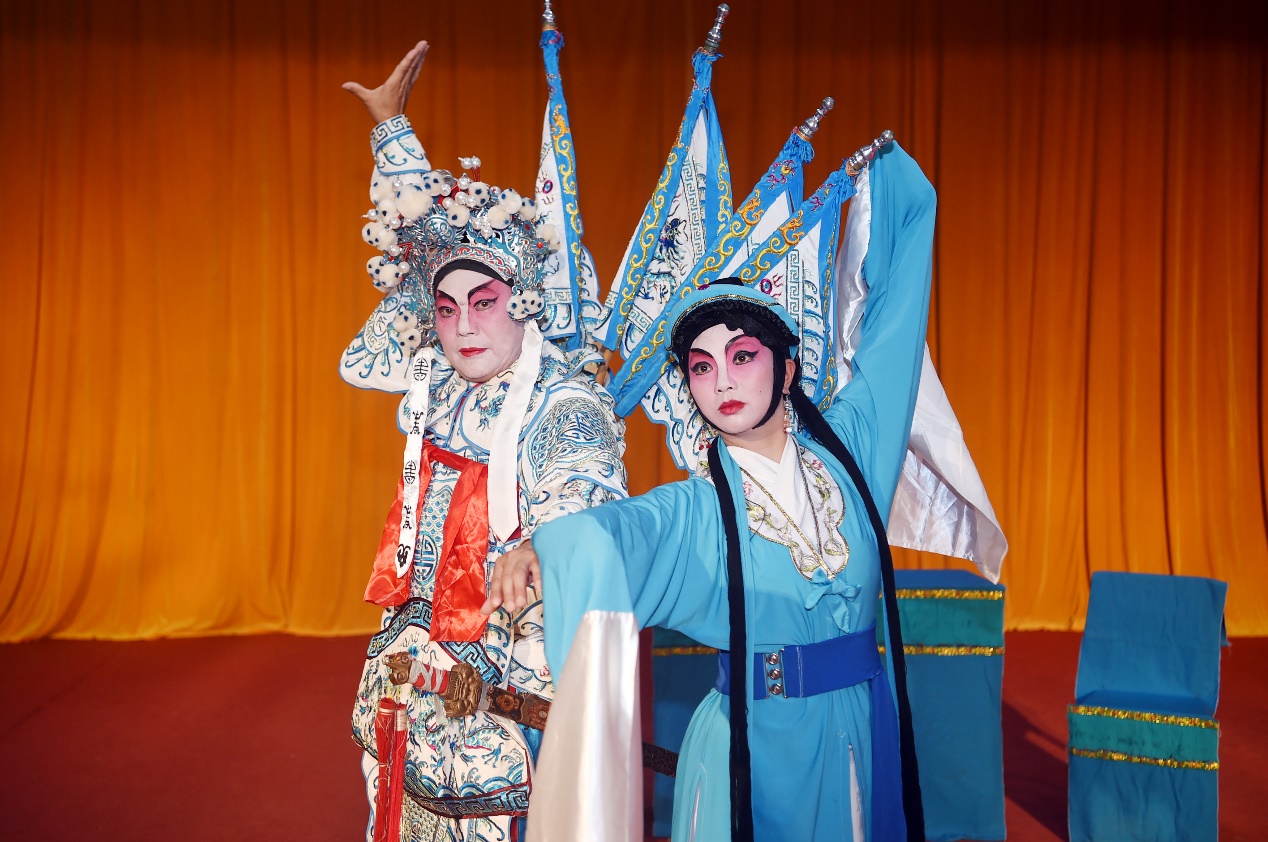
Today, the influence of Binyang Sixian Opera is fading away, as adept Opera artists are getting older, yet young people can barely sing a tune. The opera will decline if there is no inheritor. Speaking of which, Guan told us a small ting that surprised and comforted her. "I thought the younger generation would have had no interest in traditional arts like Sixian Opera. We organized a training class and had no expectation that children would like to come. On the registration day, I saw crowds of people and children's longing for Sixian Opera. That's when I know that it has always been here and will continue to be passed on in Binzhou Town."
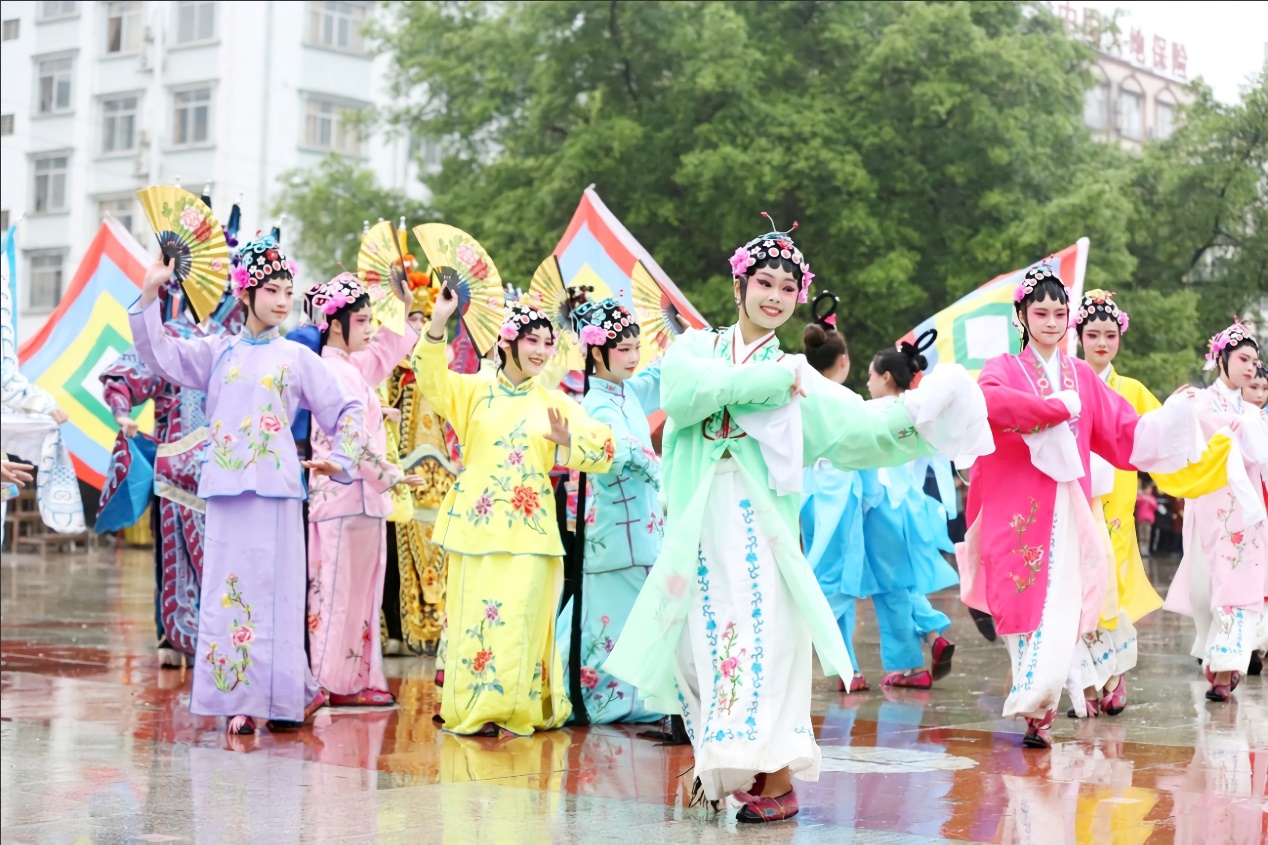
桂ICP备14000177号 Copyright@2006-2013 Guangxi China-ASEAN Panorama Magazine Agency Co., Ltd. All Rights Reserved